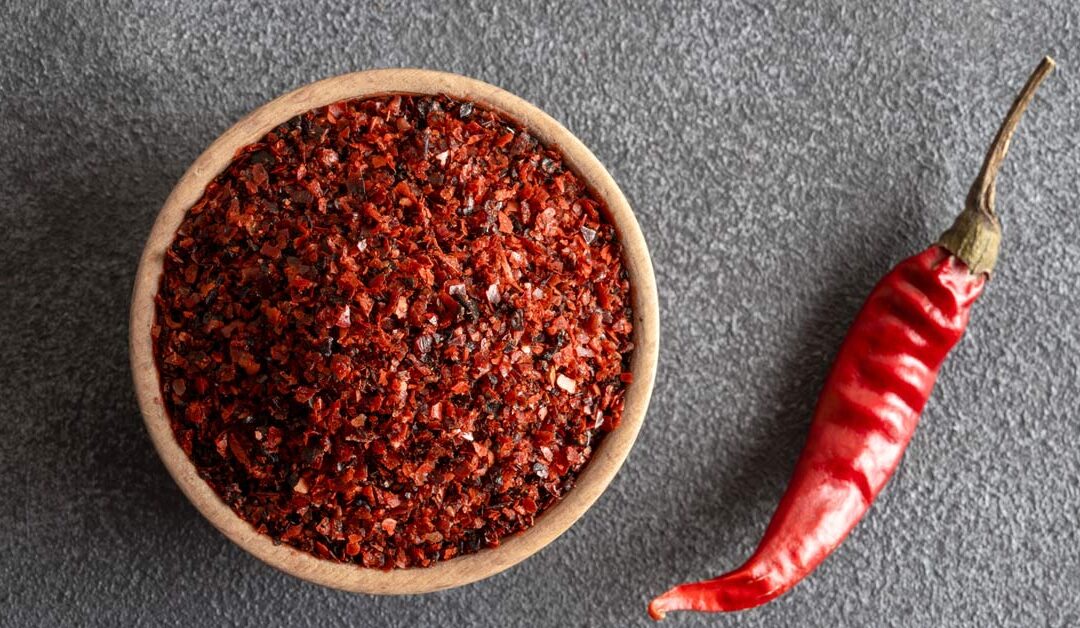Waking up multiple times a night. A stream that starts and stops. That nagging feeling that your bladder never really empties. These are just some of the frustrating symptoms men face when dealing with an enlarged prostate.
Some men are interested in finding natural remedies to ease symptoms. One surprising option that’s gained attention? Cayenne pepper.
Cayenne pepper contains capsaicin, which is a compound associated with anti-inflammatory and pain-relieving effects. But when it comes to cayenne pepper and BPH, does this spicy supplement actually do anything?
What Is Cayenne Pepper?
Cayenne pepper is a type of red chili pepper commonly used in cooking to add heat to food. The main active ingredient in cayenne is capsaicin. This compound gives the pepper its spicy kick and is also known for its health-promoting properties.
Capsaicin has been studied for the treatment of inflammation and topical pain relief. Some researchers have also explored whether it might influence processes that affect prostate growth.
How Might Capsaicin Help with BPH?
BPH occurs when the prostate gland gradually enlarges over time, typically due to changes associated with aging. Because inflammation and hormonal changes play a role in BPH, there’s a theory that capsaicin could support prostate health.
Some studies suggest that it could help reduce inflammation and slow down the growth of prostate cells. If that turns out to be true, it might be helpful in managing BPH. It may also affect certain body processes linked to prostate enlargement. However, most of this research has been done in labs or on animals, not in people. More studies are needed before it can be recommended as a treatment for BPH, and it shouldn’t be relied on as a substitute for medical care.
What You Can Do For BPH
Adding cayenne pepper to your meals is safe for most people and may offer general health benefits. But if you’re dealing with urinary symptoms that affect your daily life, the most important step is to see a urologist. A urologist can determine whether your symptoms are due to BPH and offer proven treatment options that can provide relief.
What Does a Urologist Do?
A urologist is a doctor who specializes in urinary tract and prostate health. They can evaluate your symptoms in detail and rule out more serious conditions like prostate cancer.
Common tests a urologist may recommend include:
- PSA (prostate-specific antigen) blood test. This test measures a protein made by the prostate. It is not specific to cancer, and high levels may indicate inflammation, BPH, or the need for further evaluation.
- Urinalysis. A simple urine test can be done to check for signs of infection or blood in the urine.
- Bladder scan or ultrasound. Imaging tests help the doctor assess how much urine is left in your bladder after urination and whether your bladder or prostate looks enlarged.
- Uroflowmetry, also known as pressure flow studies, measures how well your bladder empties and how strong your urine stream is.
BPH Treatment Plan
There are several ways to manage BPH, depending on your symptoms and how much they affect your daily life. Simple lifestyle changes like cutting back on caffeine, avoiding fluids in the evening, and double voiding can help reduce symptoms. Double voiding means urinating, then waiting a few moments and trying again to fully empty your bladder.
Medications are another option. Some help relax the muscles around the prostate and bladder to make urination easier, while others work over time to shrink the prostate.
If medications don’t help or cause side effects, treatments like UroLift can relieve pressure on the urethra. These minimally invasive procedures are usually done in the office and don’t require surgery or a hospital stay.
BPH is very common, and there are proven treatments that offer relief.
While cayenne pepper may have some general health benefits, it’s not a substitute for seeing a doctor when symptoms begin.
Don’t continue to live with the unwanted symptoms of BPH – call (541) 334-3350 to schedule an appointment today!



